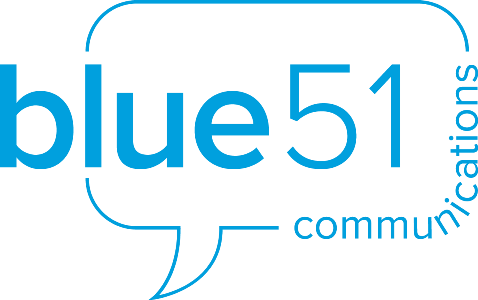Can you feel it in the air? The temperatures are rising, as I leave for the gym the sky is getting lighter and one of my best friends is runny-eyed and sneezing, cursing the blossom. It’s Spring Down Under!
It’s also Annual Report season, and annual report copywriting projects are a regular feature of my schedule, colour-coded accordingly. * Annual reports are an underrated and underutilised communications and PR resource. Really, they should be considered a brag-fest. Yes, they are a statutory and regulatory obligation but more than that they’re an opportunity to tell your organisation’s story over the past 12 months, and you know how I love to tell a story. They provide a chance to get your stakeholders excited about the work you’ve done as well as the work ahead. One of the best testimonials I’ve ever received from a client was when they told me following their AGM that not only did their Board actually read my copywritten annual report, they loved it. LOVED IT. That specific organisation then used their annual report extensively for their sales processes, Government and media relations, turning it into a resource that promoted the organisation effectively.
There are three main essentials to an annual report to meet both regulatory requirements and communications goals:
- The Financials
- Major expenses and achievements for the past year
- Plans for the coming year.
The financials are a standalone component which I’m not going to touch on this post because, numbers, but the achievements and strategic plans and directions for the year ahead can be communicated to stakeholders in a number of ways.
Some annual reports include a welcome or introductory message from the CEO, President or Chair to outline the key successes achieved over the past twelve months as well as strategic directions and plans for the future. This is a good way to directly speak to stakeholders and so should be professional yet conversational. Others have each departmental head write a message to stakeholders along a similar vein.
My process usually is to create an outline with section headings and subheadings, being careful to include all departmental and program areas within the outline. This creates a roadmap of all content for inclusion which gets signed off by the client, and makes it easy for the content experts to submit their bits and fill in the blanks, so to speak, which I then heavily copy edit. We end up with a consistent, flowing, cohesive and inclusive annual report with minimal repetition, and dare I say it, tells a story. Add a graphic designer, some fantastic images, and boom! A document you’d be delighted to hand over to stakeholders and potential clients, members or leads, one that tells your organisational story as it should be told.
Is writing your annual report an annual PIA? Don’t struggle through- just get in touch and I’ll take that right off your must-do list.
* Yes it’s true, I colour-code my schedule according to type of work. I wish I could deny it, but I can’t and shan’t. As the Blue51 cherubs would say ‘for shame, for shame…’
[gravityform id=”1″ title=”true” description=”false”]
This is a post in my blog series about My Communications Toolkit. Each month, I share insights, hints and tips from my communications and copywriting bag of tricks. I show you how to rock copywriting a range of products, tactics to communications glory and how to use communications and PR to solve your business marketing problems. If there’s something specific you’d like to know, please shoot me an email or give me a buzz, and I’ll do my best to help, or address it in an upcoming blog post or on my social media platforms.
